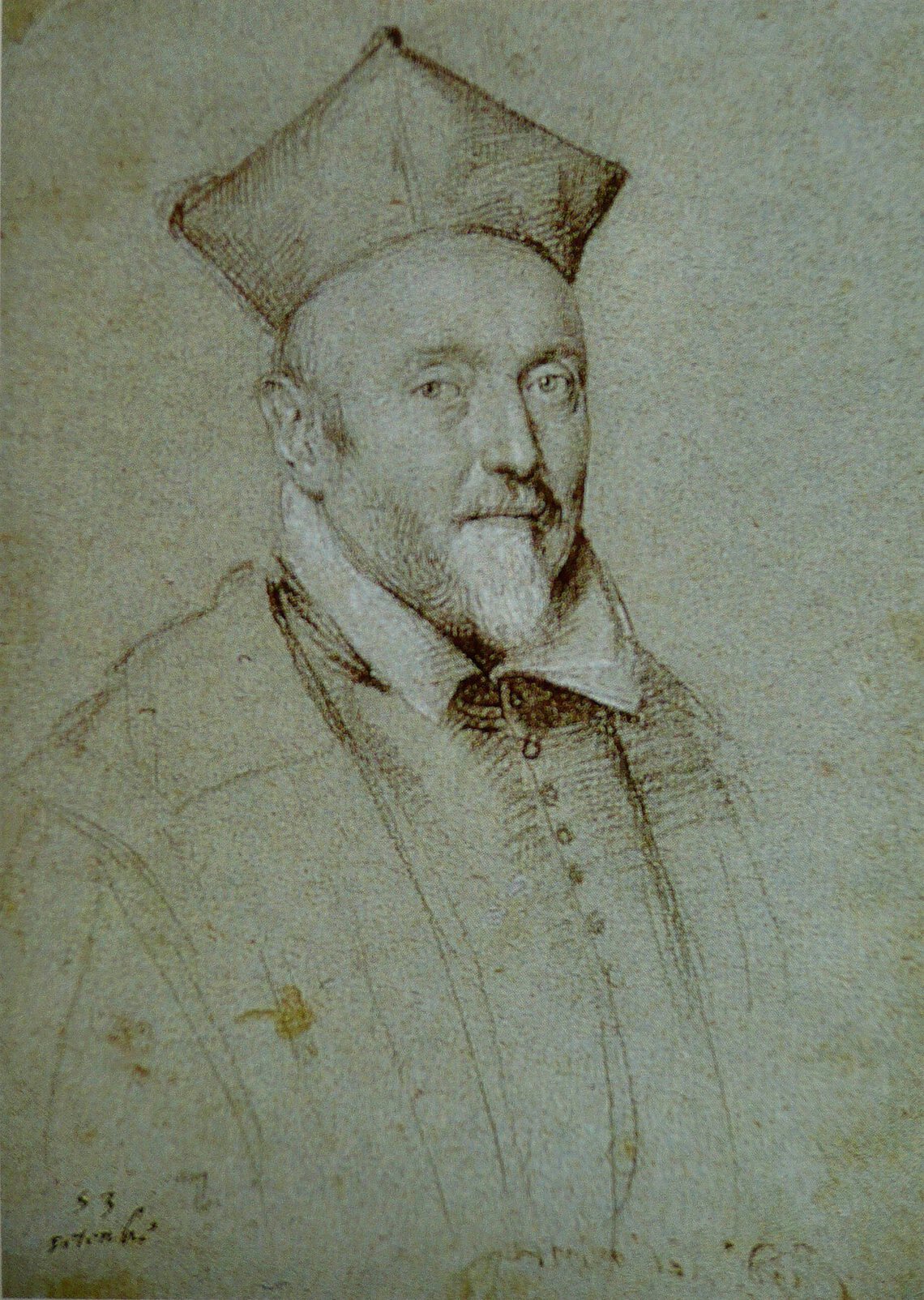Francesco Maria del Monte
1549–1627
PatronCardinal/prelate
Francesco Maria del Monte was an Italian cardinal, diplomat, art collector, and patron. Born in Venice in 1549, del Monte was the son Marquis Ranieri Bourbon del Monte and Minerva Pianosa. He came from a noble family from Pesaro with distant relations to the French royal House of Bourbon. Young Francesco Maria was educated at the court of Urbino and obtained a doctorate in law before beginning an ecclesiastical career as the Abbott commendatario of Santa Croce a Monte Fabali. In 1570, at the age of 21, Francesco moved to Rome. For the next decade, he worked in the courts of several Roman cardinals before arriving at the court of Cardinal Ferdinando de Medici in 1581. He was in his service until Medici resigned as cardinal to assume the position of Grand Duke of Tuscany. With Medici’s recommendation, Pope Sixtus V appointed Francesco as cardinal in 1588. Francesco took up residence in the Palazzo Madama, owned by Medici, in 1589. He served from 1606 to 1616 as the Prefect of the Sacred Congregation of the Council, and then became Prefect of the Sacred Congregation of Rites. He was also a prefect of the Fabbrica of St. Peter’s, a committee responsible for the basilica’s building.
Francesco interests outside his church career included alchemy and science. Along with his brother Guidobaldo, a mathematician, he helped Galileo get a professorship at the University of Pisa and defended him during the Inquisition. However, Francesco is best known for his patronage of the arts. As Cardinal, he was protector of the Sistine Chapel choir and the Congregazione dei Musici. He succeeded his friend Federico Borromeo as Cardinal Protector of the Accademia di S. Luca in Rome in 1595. Del Monte was also the first major patron of Caravaggio, whose naturalist style he favored. The first two works he acquired by the artist, The Gypsy Fortune-Teller and The Cardsharps, still exist today, as do many others he would acquire throughout his lifetime.
Francesco was connected with many the other major patrons, including the Medici family, Cardinal Benedetto Giustiniani, and Cardinal Federico Borromeo. Although he owned works by fifteenth-century old masters, he was known for his support of contemporary art, a patron of artists such as Simon Vouet, Antiveduto Grammatica, Andrea Sacchi, and Gerrit van Honthorst. Like his contemporary Borromeo, he was also an early patron of Flemish landscape painter Jan Brueghel. He would come to own at least seventeen paintings by Brueghel. The first inventory of his art collection, done a year after his death in 1626, lists a total of 599 paintings, many of them displayed in the Palazzo Madama. The majority of these were portraits, religious themes, and landscapes. One third were works by old masters, including Leonardo, Raphael, and Titian. The rest were all by contemporary artists. This vast and varied collection built over a lifetime- now dispersed in museums and other private collections- ensured Francesco’s position as a major patron and, in fact, his monument boasts that he was an “excellent patron of the good arts”.
By Ximena Valdarrago
